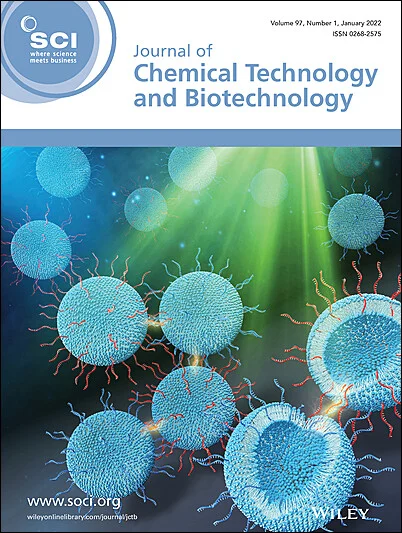Synthesis and characterization of graphene oxide/titanium dioxide nanocomposites for enhanced photocatalytic applications
Abstract
BACKGROUND
Graphene oxide (GO) is a derivative of graphene with hydrophilic properties and the ability to form stable aqueous suspensions. Titanium dioxide (TiO2), a semiconductor with photocatalytic activity, is often used as a matrix for GO in nanocomposites. Hydrothermal methods are the most commonly used for production nanocomposites by controlling their properties by changing the pressure, temperature, and component ratio.
RESULTS
Various hydrothermal procedures have been utilized for the synthesis of GO/TiO2 nanocomposites at different ratios. Gravitational field-flow fractionation and dynamic light scattering were applied to measure the particle size and determine the influence of different hydrothermal methods on the particle size distribution. The reflux method produced the smallest particles and a favorable size distribution. Ultraviolet–visible spectroscopy was used to determine the energy gap of the produced materials, and a shift from 3.3 eV for pure TiO2 to 2.1 eV for the composites was determined, a fact that suggests enhanced photocatalytic potential. The presence of strong chemical bonding between TiO2 and GO was confirmed by utilizing Raman spectroscopy.
CONCLUSION
The synthesis of GO/TiO2 nanocomposites was demonstrated, and several spectroscopic and chromatographic techniques were used for their characterization. Smaller and more uniform nanoparticles were produced by the reflux method, while the reduction in the energy gap of GO/TiO2 composites enhances their suitability for photocatalytic applications. Finally, for the first time, the gravitational field flow fractionation technique was used for determining the particle size distributions of these new nanocomposites. © 2025 The Author(s). Journal of Chemical Technology and Biotechnology published by John Wiley & Sons Ltd on behalf of Society of Chemical Industry (SCI).


 求助内容:
求助内容: 应助结果提醒方式:
应助结果提醒方式:


